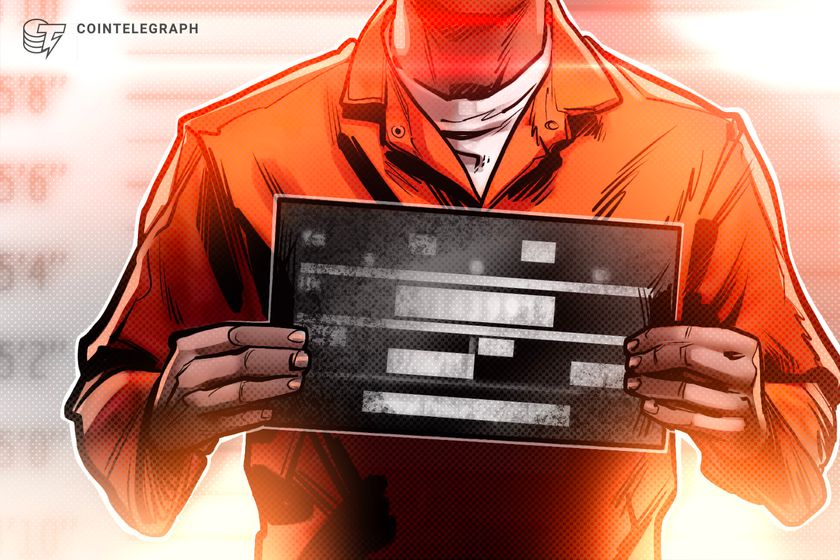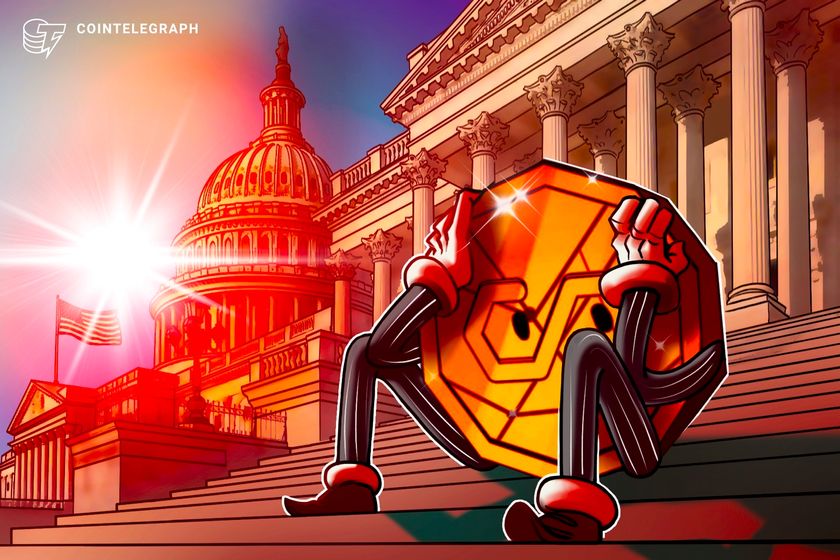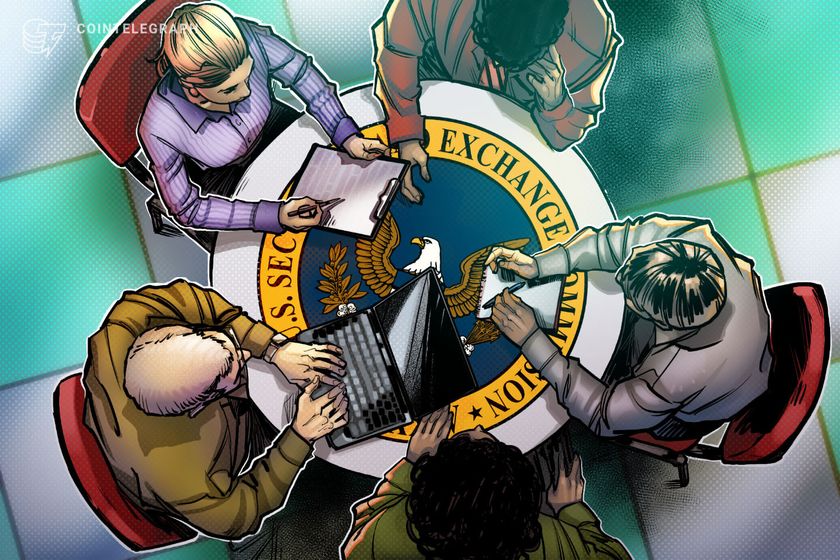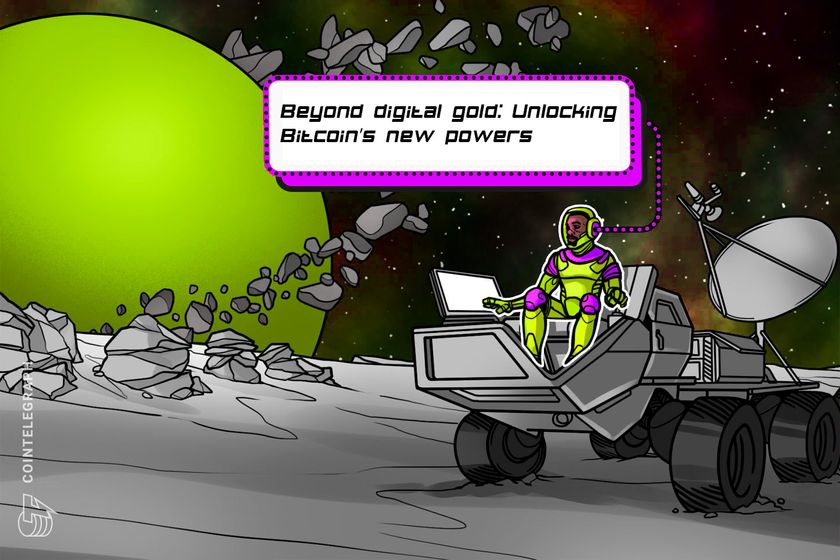Opinion by Jonathan Farnell, CEO of Freedx
It’s 2025, and over 560 million people worldwide are already using cryptocurrency — roughly 17 times the population of Tokyo. That’s a vibrant community, yet for every user who’s embraced it, billions more stand on the sidelines, put off by the complicated interactions and clunky interfaces of protocols, platforms, decentralized apps (DApps), and mobile applications. Why? Blockchain technology offers game-changing potential — decentralized ownership, secure trades — but let’s face it: Most people still find it intimidating, risky, and confusing. User experience (UX) might just be the deciding factor in whether cryptocurrency achieves mass adoption or remains a niche segment.
Take complexity. A 2024 Chainalysis report pointed out that 43% of would-be crypto users shy away from the technical tangle of private keys and gas fees. Have you ever lost a seed phrase? You’re not alone. More than $200 billion in crypto has been lost forever because of it. That’s not just a statistic — it’s a gut punch for someone who thought they’d unlocked the future of finance. Streamlining this chaos could fling open the doors to 5 billion internet users, pushing crypto’s $2.91 trillion market cap, as reported by Cointelegraph, into the stratosphere — potentially reaching $4 trillion in the second quarter of 2025.
From headaches to high fives
Many decentralized finance (DeFi) apps currently feel like a hacker’s playground — all data and API integrations, but nothing intuitive that speaks to an ordinary person. Simply swapping cryptic jargon for plain English would be a solid start. Consider swapping “gas fees” to “transaction costs.” Those 12-word seed phrases send users into panic mode, but a familiar gear icon for settings could put users’ minds at ease. Suddenly, managing a wallet isn’t a high-stakes game anymore. It’s just another tool.
This isn’t about dazzling users with blockchain’s inner workings. Most people don’t care about the tech under the hood, just like they don’t ask whether their favorite app runs on AWS or Google Cloud. Blockchain isn’t a shiny new internet. It’s infrastructure — powerful, but invisible, when done right. Users want solutions — quick payments, secure savings, and easy access. Streamlined experiences could draw in everyday folks — retirees sending cash to grandkids, small business owners managing cash flow — expanding cryptocurrency’s reach. It’s about turning a daunting process into something approachable, paving the way for broader economic effect.
































